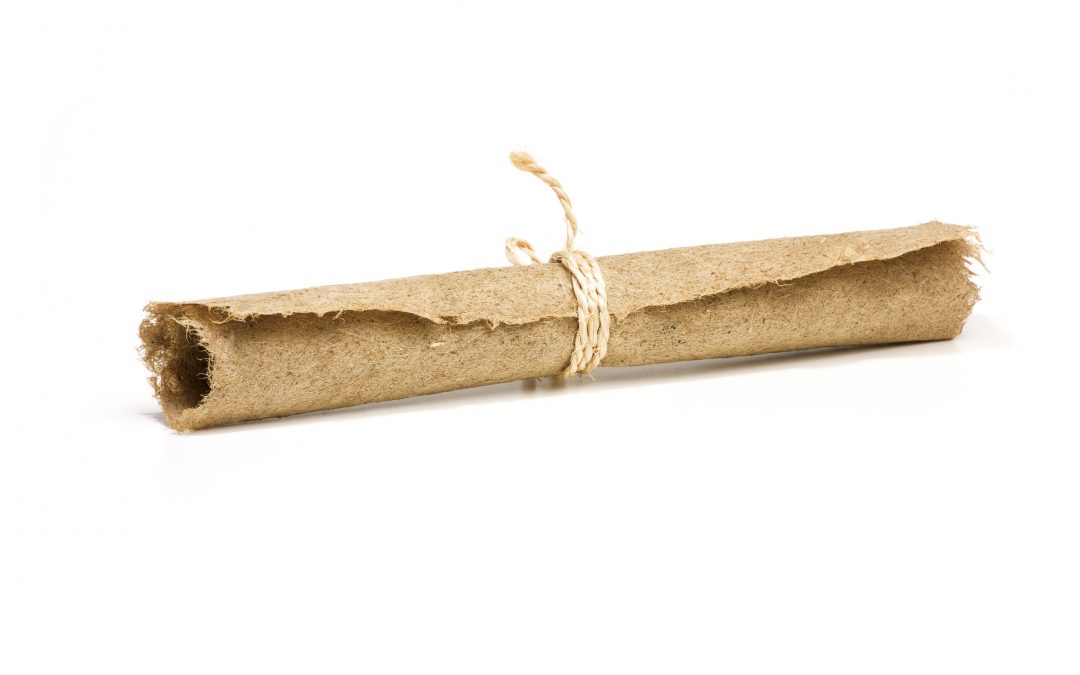Many older things have come back into vogue over the past few years. Mainly self sufficiency practices like small scale farming/gardening, canning fruits and veggies, brewing beer, etc.. Now one of the oldest human domesticates is all the rage just as it was thousands of years ago: Hemp. Let’s walk through several times predating the CBD movement in which hemp revolutionized life for human beings.
Early Contact
Humans first domesticated plants around 10,000 years ago in the Fertile Crescent. Exact figures vary from one source to another, but that approximates the earliest known plant domestication. Although its domestication may not go back that far, neolithic peoples had already discovered uses for the Cannabis plant around this same time, if not earlier.
Maisie Borg shares a bit on this topic in her article An Analysis of Cannabis: Determining the Origin of the Superlative Weed. She points out markers of domestication in the Cannabis fossil record at around 3,000 BCE. 789 grams of likely psychoactive cannabis were discovered near Turpan, Xinjiang-Uighur Autonomous Region, China, in what is thought to be a shaman’s tomb. Samples from that site displayed, as she puts it, “[…] relatively large achenes, their color was light with some striations, and they had rough, non-concave fruit attachment; all these traits are clear markers of domestication.”
She also cites archaeological evidence that indicates the use of hemp cordage about 12,000 years ago. In this instance, hemp was used for cord-impressed pottery in a post-glacial village located in China.
First Industrial Use
Hemp first broke through on a large scale when humans made it into a textile material. Archaeologists speculate that this transition happened anywhere from 8,000 BCE in Mesopotamia to 4,000 BCE in China depending on the source.
Hemp makes sturdy, strong rope. A modern manila rope that’s only ⅜” in diameter can support up to 1,000 lbs, so imagine the applications of hemp rope in ancient construction and agriculture. It allowed for hauling, load bearing, and fastening tools among other things. Having several feet of rope would have been a load off any farmer’s mind… and shoulders! It also makes durable clothes, which helped lessen the need for other materials that were not as plentiful (i.e. animal hides).
Hemp and the Military
Hemp fiber was important across several ancient Chinese industries, not the least of which was warfare. Jan Gumbiner, Ph.D. of Psychology today expands on this a bit in her article History of Cannabis in Ancient China. She explains that hemp bowstrings were much stronger than bamboo bowstrings that predated them. And certain peoples acquired them before others did.
These bowstrings could fire arrows much further than their bamboo counterparts. Because of this, they likely played a decisive role in determining the outcome of military endeavors. Although it seems like a minor adjustment to an existing tool, in theory, the impact of this bowstring advancement may have steered history itself in a different direction. It’s no surprise that Chinese monarchs in ancient times decided prioritize hemp production to this end.
The Spread of Formalized Communication
Humans achieved another big milestone with development of hemp paper. They manufactured it by crushing hemp fiber, adding the crushed fiber to water, taking the fibrous material that rose to the top, and pouring it into molds. While in the mold, the fibrous material could dry and form into thin sheets of paper.
Why is paper a big deal? Because it was the first medium to encourage widespread literacy and formalized language.
It revolutionized the recording, storing, and transmission of information. With paper, there’s no need to carve text into wood, chip it into stone, or paint it onto walls. Paper weighs little and can be stacked, rolled or folded, making it effortless to move it from one place to another and/or store it. It also reduces our dependence on oral tradition to pass stories from one generation to another. Most sources date the invention of hemp paper in China at about 50-150 BCE.
Hemp Has Yet to Run Its Full Course
It’s clear that hemp has changed the human experience over the past few millennia. It’s even played a part in some of the largest turning points in human history, dating from the late stone age all the way up to the present. Amazingly though, it continues to change our lives today. CBD became the focus of the most recent rediscovery of hemp. In spite of that, with a little ingenuity we might yet discover something even greater that hemp can do. At 4 Corners Cannabis, we’re just happy that, along with our customers, we get to be a part of the journey. We look forward to a bright future for hemp just over the horizon.




